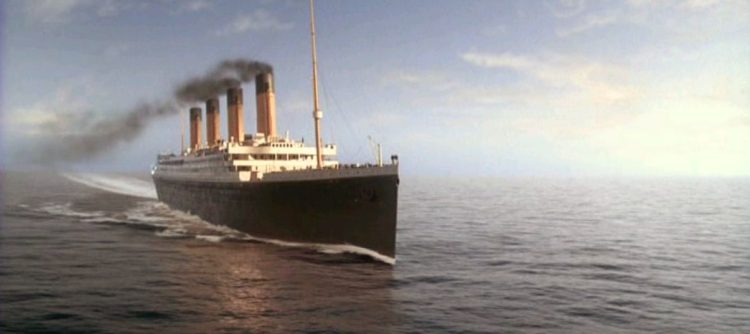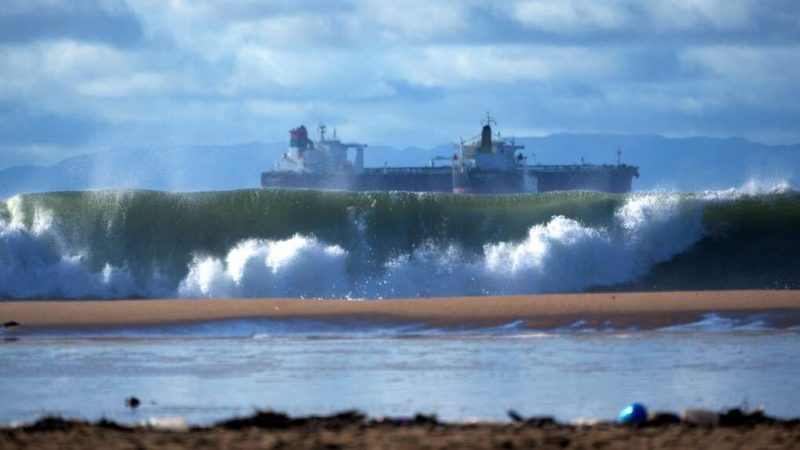“Unveiling Titanic’s Survival Stories: A Closer Look at the Lives That Defied the Abyss”

The sinking of the RMS Titanic on April 15, 1912, remains one of the most tragic maritime disasters in history. The colossal ship, deemed unsinkable, succumbed to the icy depths of the North Atlantic Ocean after colliding with an iceberg. Among the over 2,200 passengers and crew aboard, only a fraction managed to survive the harrowing ordeal. This article delves into the stories of those who defied the odds and explores the factors that contributed to their survival.
The Titanic’s Demise:
The RMS Titanic, a marvel of engineering, set sail on its maiden voyage from Southampton to New York City. On that fateful night, the ship struck an iceberg, leading to a catastrophic chain of events. The vessel, ill-equipped with lifeboats for all its occupants, faced a dire situation as it slowly descended into the frigid waters of the North Atlantic.
The Passengers and Crew:
The Titanic accommodated a diverse group of passengers, including wealthy businessmen, emigrants seeking a new life in America, and the ship’s dedicated crew. The socio-economic backgrounds and demographics of the survivors varied, highlighting the randomness of fate during the disaster.
Women and Children First:
The unwritten maritime code of “women and children first” prevailed during the Titanic’s evacuation. Passengers and crew adhered to this principle as they attempted to load lifeboats. The prioritization of vulnerable groups played a crucial role in shaping the survival statistics.
Class Disparities:
The Titanic was divided into three classes—first, second, and third—and each class had its own set of challenges when it came to survival. The first-class passengers had better access to lifeboats and were generally located closer to the deck, while third-class passengers faced difficulties navigating the ship’s maze-like structure.
The Role of Crew Members:
The crew played a vital role in managing the evacuation process. Many crew members sacrificed their lives to ensure the safety of passengers, while others heroically worked to load and lower lifeboats, often under chaotic and stressful conditions.
Notable Survivors:
Several stories of resilience emerged from the Titanic disaster. Among the survivors were notable figures such as Molly Brown, the “Unsinkable Molly Brown,” who actively participated in the rescue efforts, and Charles Lightoller, the most senior officer to survive, who valiantly helped passengers into lifeboats.
Lifeboat Challenges:
Lifeboats became crucial lifelines for those fortunate enough to secure a spot. However, due to inadequate training and fear of overcrowding, some lifeboats were launched only partially filled. As a result, the total number of survivors was limited by the scarcity of functional lifeboats.
Miraculous Escapes:
Some survivors experienced extraordinary strokes of luck or made split-second decisions that altered their fate. Whether it was finding a spot on a lifeboat at the last moment or being in the right place at the right time, these individuals defied the imminent tragedy.
Post-Titanic Impact:
The survivors faced challenges even after their rescue. They grappled with survivor’s guilt, trauma, and the weight of witnessing the loss of loved ones. The sinking of the Titanic had a lasting impact on maritime safety regulations, leading to significant changes in the industry.
Remembering the Victims:
While exploring the survival stories is important, it is equally crucial to remember the thousands who perished in the icy waters that night. The tragedy prompted global sorrow and initiated discussions on maritime safety and the need for stricter regulations.
Conclusion:
The story of how many people survived the Titanic is a poignant chapter in maritime history. The disaster highlighted the importance of preparedness, the valor of individuals in times of crisis, and the stark realities of class disparities. As we reflect on the lives that defied the abyss, it is a testament to human resilience and the enduring lessons learned from the tragedy that shook the world over a century ago.
How many people survived the sinking of the Titanic?
A1: Approximately 705 people survived the sinking of the Titanic. Out of the over 2,200 passengers and crew aboard, the majority tragically lost their lives in the icy waters of the North Atlantic.
What percentage of passengers and crew survived the Titanic disaster?
A2: The survival rate was around 32%, considering the total number of passengers and crew aboard the Titanic. The majority of survivors were women, children, and those fortunate enough to secure a spot on a lifeboat.
Were there enough lifeboats for everyone on board?
A3: No, there were not enough lifeboats to accommodate all the passengers and crew. The Titanic was equipped with only 20 lifeboats and a few collapsible boats, far fewer than needed to ensure the safety of all on board.
Were there any specific groups prioritized during the evacuation?
A4: Yes, the unwritten maritime code of “women and children first” was followed during the evacuation. Women and children were given priority access to lifeboats, a practice aimed at ensuring the safety of the most vulnerable passengers.
What role did class play in survival rates?
A5: Class disparities were evident in the survival rates. First-class passengers generally had better access to lifeboats and were located closer to the deck. Third-class passengers faced challenges in navigating the ship’s structure and had higher mortality rates.
Who were some notable survivors of the Titanic disaster?
A6: Notable survivors include Molly Brown, often referred to as the “Unsinkable Molly Brown,” and Charles Lightoller, the most senior officer to survive. These individuals played significant roles in the aftermath of the disaster.
Did any crew members survive the sinking of the Titanic?
A7: Yes, some crew members did survive, although many sacrificed their lives to ensure the safety of passengers. Crew members who manned lifeboats, provided assistance, and exhibited heroism during the evacuation were among the survivors.
Were there instances of miraculous escapes during the Titanic sinking?
A8: Yes, there were several instances of miraculous escapes where individuals made split-second decisions or found themselves in fortuitous circumstances. These stories of luck and quick thinking contributed to the overall survivorship.
How did the sinking of the Titanic impact maritime safety regulations?
A9: The Titanic disaster had a profound impact on maritime safety regulations. It led to the establishment of the International Convention for the Safety of Life at Sea (SOLAS) in 1914, which introduced significant reforms to enhance ship safety.
What challenges did survivors face after the Titanic sinking?
A10: Survivors faced challenges such as survivor’s guilt, trauma, and the emotional toll of losing loved ones. The sinking of the Titanic left a lasting impact on their lives, and many struggled to come to terms with the tragedy.
How is the sinking of the Titanic remembered today?
A11: The sinking of the Titanic is remembered as one of the most significant maritime disasters in history. It continues to captivate public interest, and various memorials, museums, and cultural references pay homage to the lives lost and the lessons learned from this tragic event.






